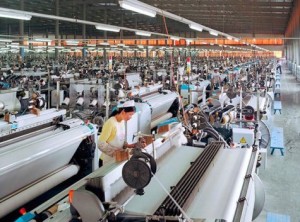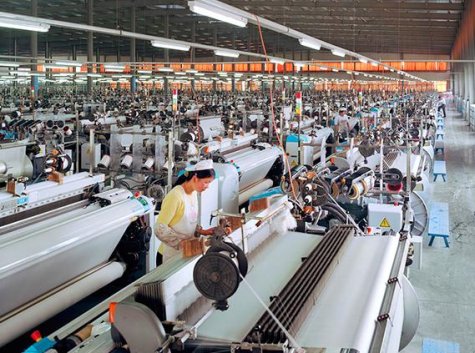 The world’s second-largest economy reported a sharp increase in manufacturing in the last month. Chinese manufacturing hit a 16-month high in August as production of products intended for export surged.
The world’s second-largest economy reported a sharp increase in manufacturing in the last month. Chinese manufacturing hit a 16-month high in August as production of products intended for export surged.
The Chinese government reported a significant increase in manufacturing activity in August, citing a rise in the country’s Purchasing Managers’ Index (PMI). China’s PMI reached 51 during the month of August, up from a 50.3 reading a month earlier.
The Purchasing Managers’ Index measures the total output of manufacturers. At 50, manufacturing activity is steady. Any rating above 50 indicates growth, while under 50 indicates that manufacturing activity is on the decline.
Economists had expressed concerns that the Chinese economy, which is driven by manufacturing and exports, could face a period of slow growth. Sceptical analysts had even voiced concerns of an economic recession for the country.
Despite the fears, the Chinese economy grew by 7.5 percent during the period from April to June this year, compared to previous growth twelve months earlier. Despite the strong growth, the figures fall below those recorded earlier this year.
The decline in economic growth earlier this year has been attributed to China’s top export markets – regions such as Europe and the United States – facing a period of sluggish economic activity and large-scale unemployment.
Government policies have been introduced to try and make up for declining exports by encouraging Chinese consumers to increase their spending. The government has decreased taxes on consumer purchases in order to encourage domestic spending.
Other measures, such as reducing revenue taxes for Chinese businesses, have helped to increase domestic consumption. Further plans involve reducing the complexity of the Chinese customs system to encourage more businesses to export their products.
Haibin Zhu, chief China economist at JP Morgan, claims that the recent policies from the Chinese government have had a direct, positive effect on the nation’s economy.





